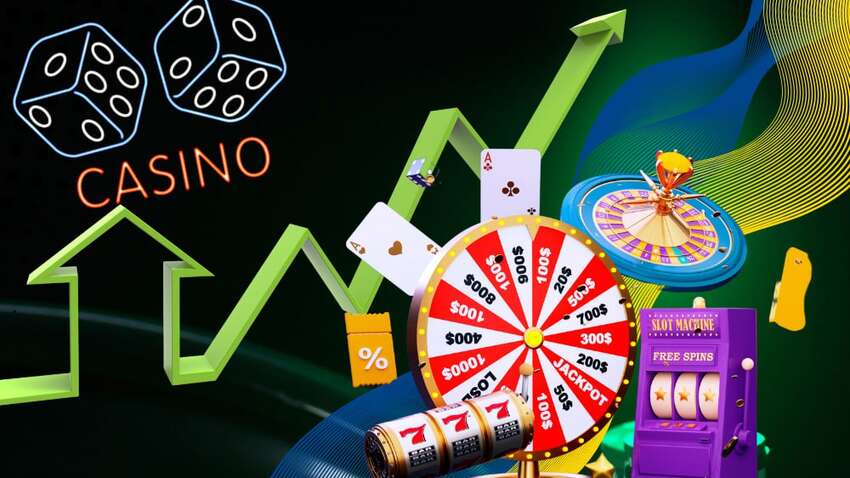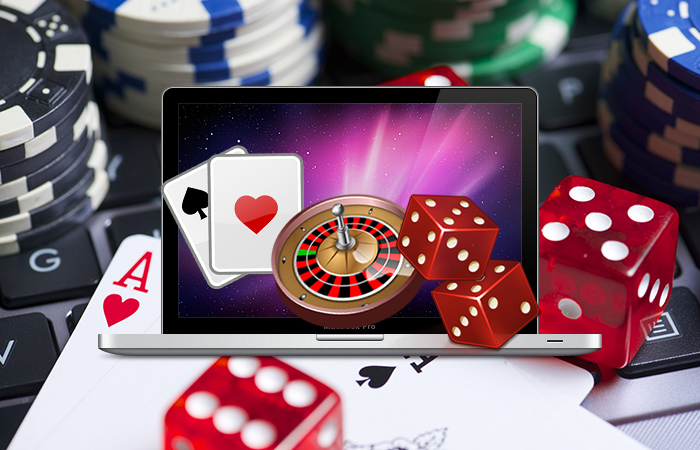The Transformative Impact of Augmented Reality in Modern Society

The Transformative Impact of Augmented Reality in Modern Society
Augmented Reality (AR) is rapidly transforming the way we interact with the world around us. By overlaying digital information onto the physical environment, AR creates immersive experiences that enhance our perception and understanding of reality. Its applications span various domains from entertainment and education to healthcare and retail, making it a pivotal technology in the digital age.
The rise of devices and applications that incorporate AR is setting a new standard in user engagement and experience. For instance, you can The Role of Augmented Reality in Online Casinos 2025 jeet buzz app download to explore innovative uses of this technology in gaming and social media.
Understanding Augmented Reality
Augmented Reality differs from Virtual Reality (VR) in that VR immerses users in a completely virtual environment, while AR enhances the real world by adding digital elements such as images, videos, and sounds. The fundamental technology behind AR includes hardware like smartphones, tablets, and AR glasses, along with software that analyzes the surrounding environment and generates real-time content. As AR technology continues to evolve, it is increasingly accessible and user-friendly, making it a valuable tool across various fields.
The Role of AR in Education
One of the most promising applications of AR is in education. Traditional learning methods often struggle to engage students fully; however, AR can transform the classroom experience by making lessons more interactive and enjoyable. For example, AR tools can bring textbooks to life, allowing students to visualize complex concepts in subjects like science and mathematics. Applications such as Google Expeditions enable virtual field trips, immersing students in historical sites or out-of-this-world environments without leaving the classroom. This hands-on learning approach enhances retention and understanding, preparing students for a tech-savvy future.
Healthcare Advancements Through AR
In healthcare, AR plays a vital role in improving patient outcomes and training medical professionals. Surgeons are now using AR to visualize critical structures during operations, enhancing precision and reducing the risk of complications. For instance, overlays can provide real-time information about the patient’s anatomy, guiding surgeons through complex procedures. Additionally, medical students are benefitting from AR simulations, which allow them to practice procedures in a safe environment before interacting with real patients. This technology not only aids in skill development but also fosters a deeper understanding of anatomy and patient care.
AR’s Influence on Retail

The retail sector is also undergoing a significant transformation due to AR technology. Many retailers are now using AR to create unique shopping experiences that enhance customer engagement and satisfaction. For example, businesses like IKEA have developed apps that enable customers to visualize how furniture will look in their homes before making a purchase. This capability helps consumers make informed decisions, reducing the likelihood of returns and increasing overall sales. Furthermore, AR allows for interactive advertising, where customers can scan products for additional information, promotions, or even virtual try-on experiences, fundamentally changing how consumers interact with brands.
Entertainment and Gaming Innovations
The entertainment industry was one of the first to embrace AR, particularly in gaming. The global phenomenon of Pokémon GO demonstrated how AR could create engaging and immersive experiences by encouraging players to explore real-world locations. This successful integration of physical and digital worlds opened the door for future gaming innovations. Moreover, AR is revolutionizing other entertainment avenues such as live events and concerts. For instance, artists can enhance their performances with AR visuals, providing audiences with unprecedented experiences that blend reality with fiction. The potential for storytelling is immense, paving the way for creative approaches to content consumption.
Future Prospects of Augmented Reality
As technology advances, the future of Augmented Reality looks promising. The integration of Artificial Intelligence (AI) with AR is expected to deliver even more sophisticated applications. This combination can lead to improved personalization, where AR adapts content based on user preferences and behavior. Moreover, the development of lightweight smart glasses could facilitate hands-free AR experiences, making the technology more accessible and applicable in everyday life. From guiding users through complex tasks to enhancing social interactions, the possibilities are endless. Companies are investing heavily in AR development, signaling that this technology will continue to evolve and infiltrate our daily lives.
Challenges and Considerations
While the benefits of AR are substantial, there are also challenges and considerations that need to be addressed. Privacy concerns are paramount, as tracking users’ environments can lead to potential misuse of personal data. Ensuring robust cybersecurity measures will be crucial for building trust among users. Additionally, the digital divide must be considered; unequal access to AR technology can exacerbate existing inequalities in education and other sectors. Stakeholders must work collaboratively to create inclusive environments that harness the power of AR while ensuring accessibility for all.
Conclusion
Augmented Reality is not merely a fleeting technological trend; it is reshaping how we engage with our surroundings across multiple sectors. From enhancing educational methods and improving healthcare outcomes to revolutionizing retail and entertainment, AR’s impact is profound and far-reaching. As the technology continues to mature, its integration into our daily lives will likely deepen, pushing the boundaries of creativity and innovation. Collectively, society stands on the brink of an AR-driven future, one that promises to be more interactive, informative, and immersive.

